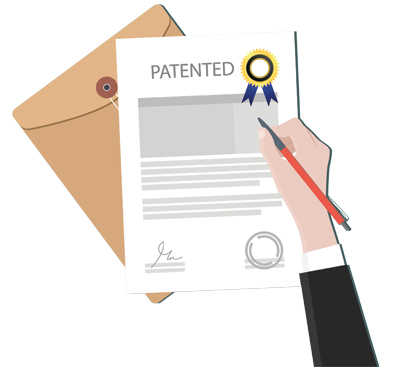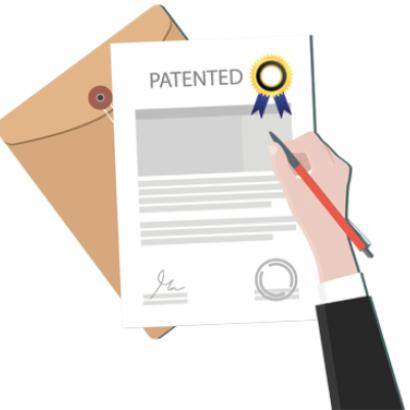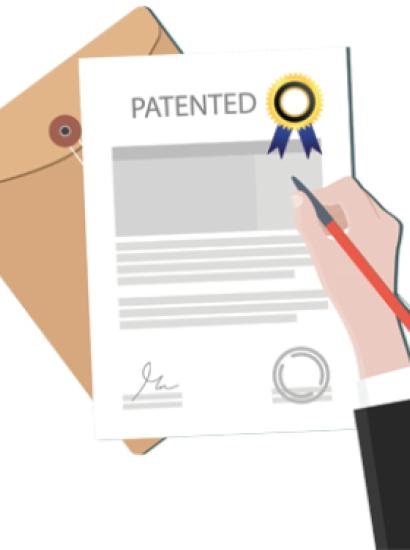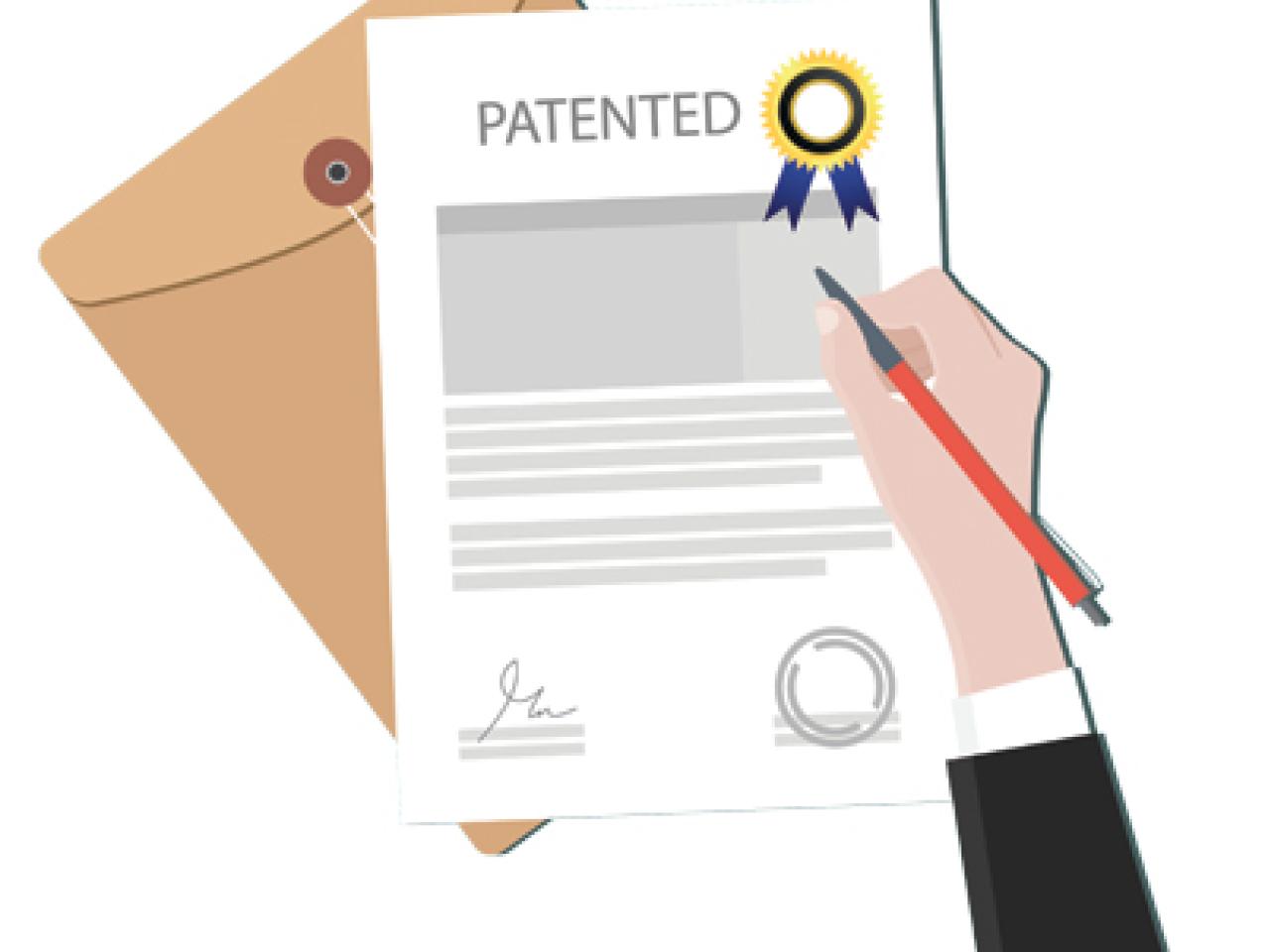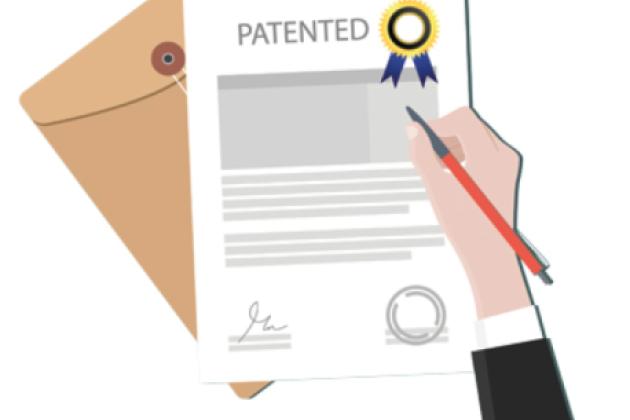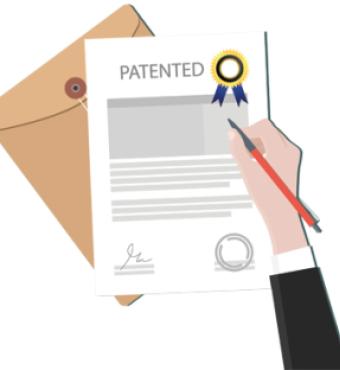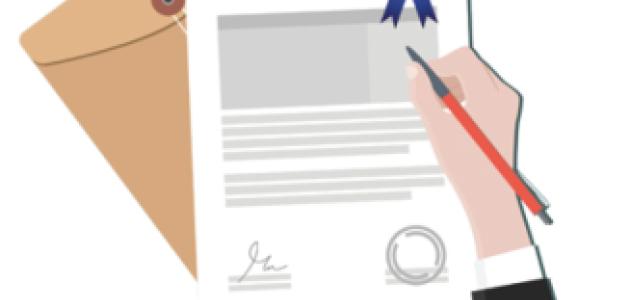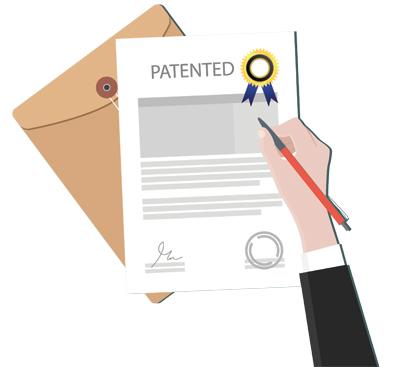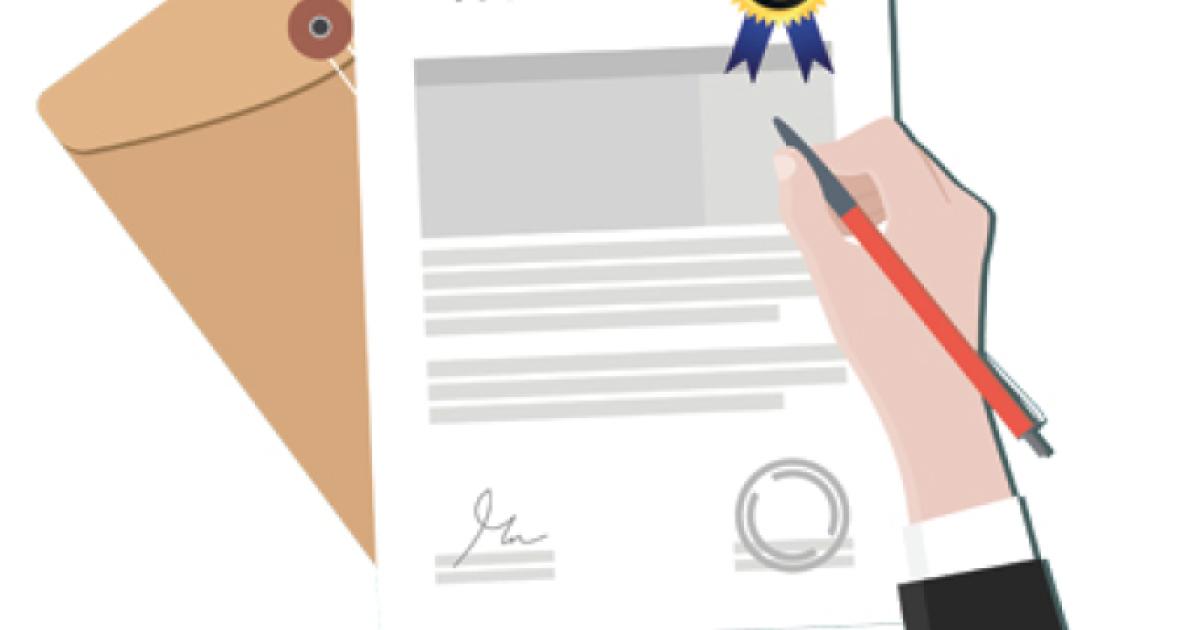- Energy & Environment
- Law & Policy
ABSTRACT:
Patent scope is a fundamental dimension of the patent system. Because scope is so foundational, scholars have worked for decades to build an extensive and well-developed theoretical literature on the topic. There is, however, a glaring absence of empirical work on patent scope. This article conducts the first empirical assessment of how patent owners enforce the scope of their patents. Specifically, this article exploits a feature of patent procedure that requires plaintiffs to state whether they are asserting a narrow segment of their patent (dependent claims) or the broadest portions of their patent (independent claims) in litigation. The results are counterintuitive, particularly with respect to nonpracticing entities (“NPEs,” known colloquially as patent trolls). NPEs are thought to litigate aggressively and indiscriminately—pushing the boundaries of their patents and suing every likely defendant falling even arguably within the scope of the patent. Unexpectedly, I find that NPEs are less likely to litigate at the boundaries of their patents than practicing entities. This article suggests that NPEs are litigating predominantly in the core of their patents because they acquire patents after the infringing activity has begun, meaning that they can select a patent that squarely encloses their target. NPEs can do so because they are able to select patents ex post to fit their needs, whereas small players with only one patent must predict patent requirements ex ante. This article concludes with cautions that proposals to reduce the harms caused by NPEs may have little effect on the litigation practices of NPEs and may instead disproportionately affect practicing entities and small innovators.
Read the paper: Pushing Patent Boundaries: An Empirical Assessment of How Patent Trolls and Other Litigants Use Patent Scope






